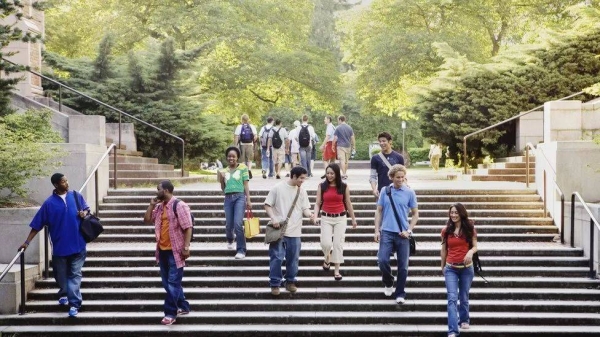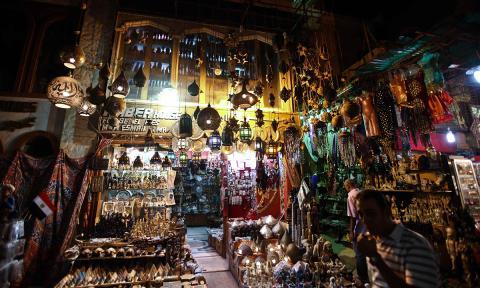
Building is now a museum to daily life in Heliopolis district in early 20th century
CAIRO: The Baron Empain Palace in Cairo this week began receiving visitors, nearly 3 years after the beginning of a development project to restore the palace and create an exhibition space to tell the history of the Heliopolis district of Egypt’s capital city.
Tickets, issued by the Ministry of Tourism and Antiquities, sold out following the palace’s official opening on June 29.
Tourism and Antiquities Minister Khaled El-Anany expressed his happiness that so many Egyptians visited the palace after its inauguration to learn more about Heliopolis and aspects of daily life in Egypt in the early 20th century.
The cost of the restoration was 175 million Egyptian pounds ($10.9 million).
In a statement, El-Anany said the palace would take visitors into the past, to when Belgian entrepreneur Baron Edouard Empain began construction of the Heliopolis district, one of the most famous in Cairo, and of his magnificent palace.
The palace consists of a cellar and two floors above the ground, decorated with Greek statues and decorations inspired by Indian culture.
The building contains a multitude of displays, including vintage cars that were driven around the streets of Cairo in the early days of the last century, helping give a real-life picture of Heliopolis during that period. An old Heliopolis tram car, meanwhile, is showcased in the palace garden.
There are various electronic portals and multimedia displays throughout, which showcase pictures and documentaries focused on the construction work in Heliopolis and the palace.
The documentaries give visitors insight into the streets, buildings, shops, traffic and other aspects of life in the neighborhood in its formative years.
Walls are pasted with notices related to health and safety precautions approved by the ministry, which must be followed by visitors during their time inside the palace because of the coronavirus disease.
Screens also display images of Empain himself and his partner, Nubar Pasha, as well as the French engineer Alexandre Marcel who designed the palace.
Its gardens include a food cart inspired by the period of the palace, which provides drinks and snacks for visitors.
The palace also includes a cafeteria and a restaurant which recapture the historical atmosphere of the early 20th century.
Both eateries follow the guidelines of social distancing and the approved health and safety requirements.
Mustafa Waziri, secretary-general of the Egyptian Supreme Council of Antiquities, said that the cost of the restoration was 175 million Egyptian pounds ($10.9 million) in cooperation with the Belgian Embassy in Cairo.
Waziri said restoration work included reinforced concrete panels on the palace roofs, removing rust, treating cracks in the walls, removing and restoring the mosaic floor, replacing missing parts of the stucco decorations, and removing layers of paint, dust and dirt in addition to installing new electrical wiring.
“Work started in 2017 to restore the palace to its previous appearance and preserve it, while also making it public to visitors as a cultural and touristic landmark,” Waziri said.
The palace has been the property of the Supreme Council of Antiquities since 2007 after the government compensated its owners, who bought it from Empain’s heirs in the 1950s in exchange for land in New Cairo.
Ahmed Qadri, a specialist in antiquities restoration, said that the palace took four years to build, starting in 1907.
Empain obtained a concession from the Egyptian government to found Heliopolis on 6,000 acres with the participation of Pasha — the son of the head of the Egyptian government at the time.
“I went to the palace to see some of the stories that we were told about,” Hoda Sayed, a 22-year-old vistor, said.
“The palace tower rotates 360 degrees in order to provide a panoramic view from all directions. The entire building turns in the direction of the sun’s rotation. Rumors once circulated that the engineer who constructed the tower used magic to finish the job. The supposed magic was due to the palace having an Indian architectural style,” Sayed said.
The palace has long been rumored to be haunted. According to Sayed, residents living near the palace used to hear strange sounds, screams and music coming from inside the palace as well as lights shining brightly and fading quickly.
After the intervention of security, it was found that some young adults were sneaking into the abandoned palace to hold secret parties.
Among the myths circulated by the residents of Heliopolis for decades are that secret passages and tunnels run under the palace, including a corridor linking it to the Basilica Church where Empain is buried.












